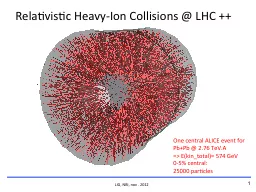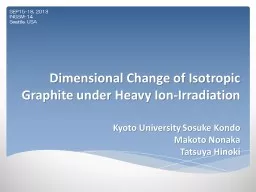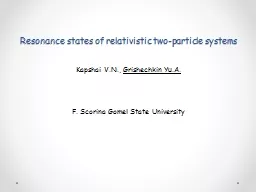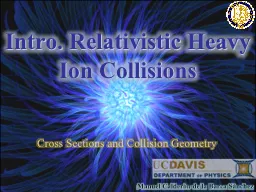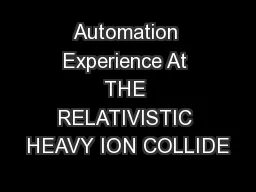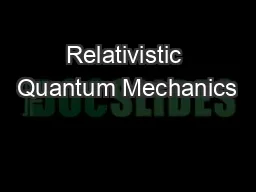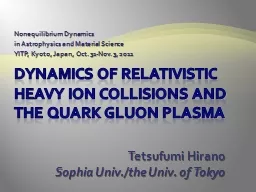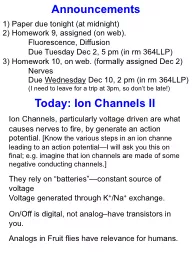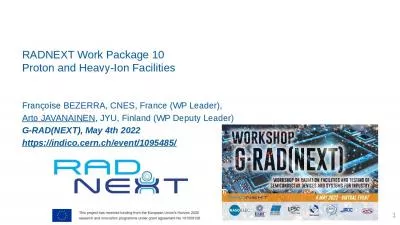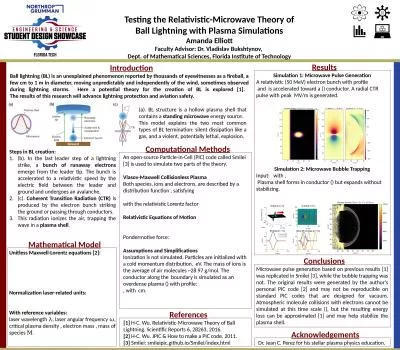PPT-Relativistic Heavy-Ion
Author : essencemessage | Published Date : 2020-08-05
Collisions LHC 1 One central ALICE event for PbPb 276 TeVA gt E kintotal 574 GeV 05 central 25000 particles Relativistic AA and eA Collisions 2
Presentation Embed Code
Download Presentation
Download Presentation The PPT/PDF document "Relativistic Heavy-Ion" is the property of its rightful owner. Permission is granted to download and print the materials on this website for personal, non-commercial use only, and to display it on your personal computer provided you do not modify the materials and that you retain all copyright notices contained in the materials. By downloading content from our website, you accept the terms of this agreement.
Relativistic Heavy-Ion: Transcript
Download Rules Of Document
"Relativistic Heavy-Ion"The content belongs to its owner. You may download and print it for personal use, without modification, and keep all copyright notices. By downloading, you agree to these terms.
Related Documents

